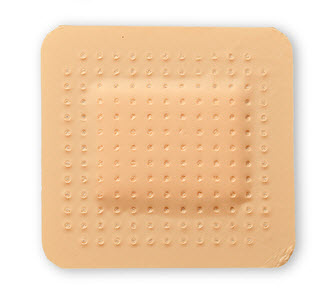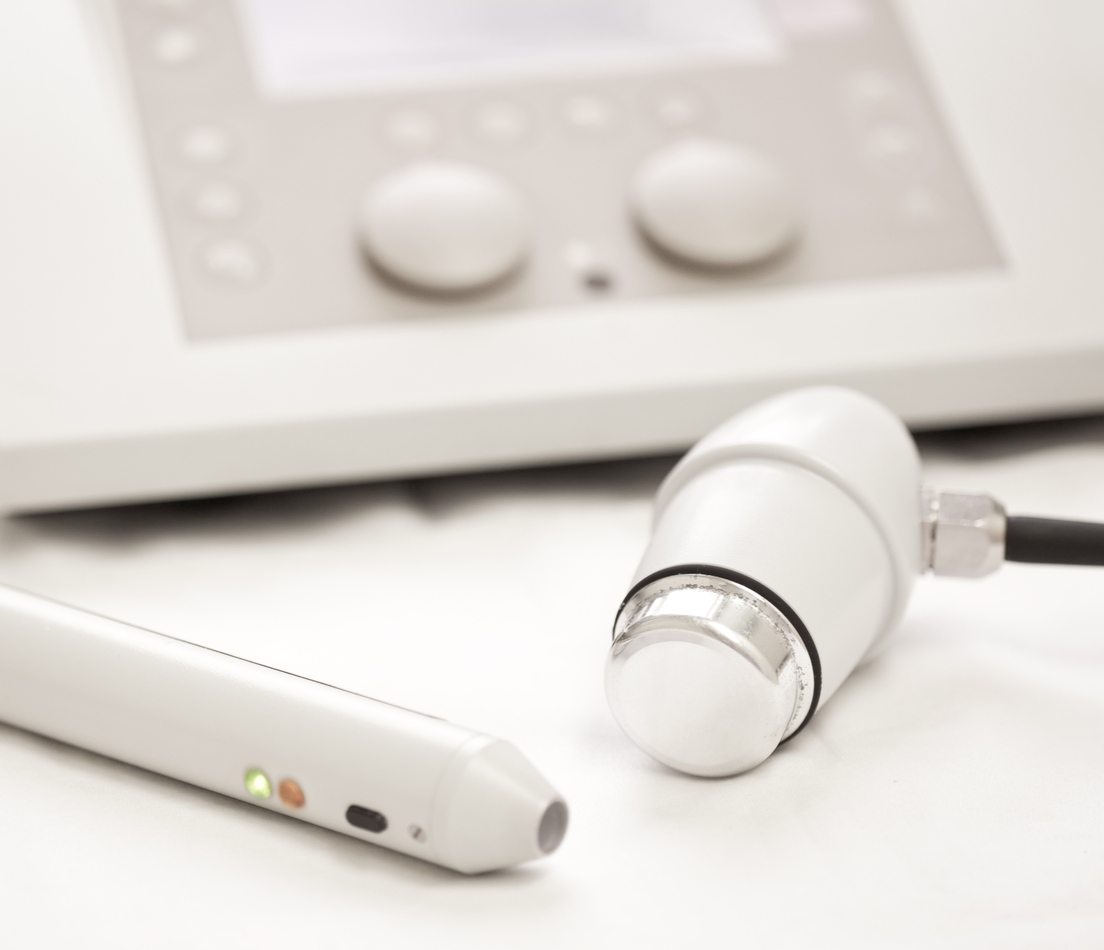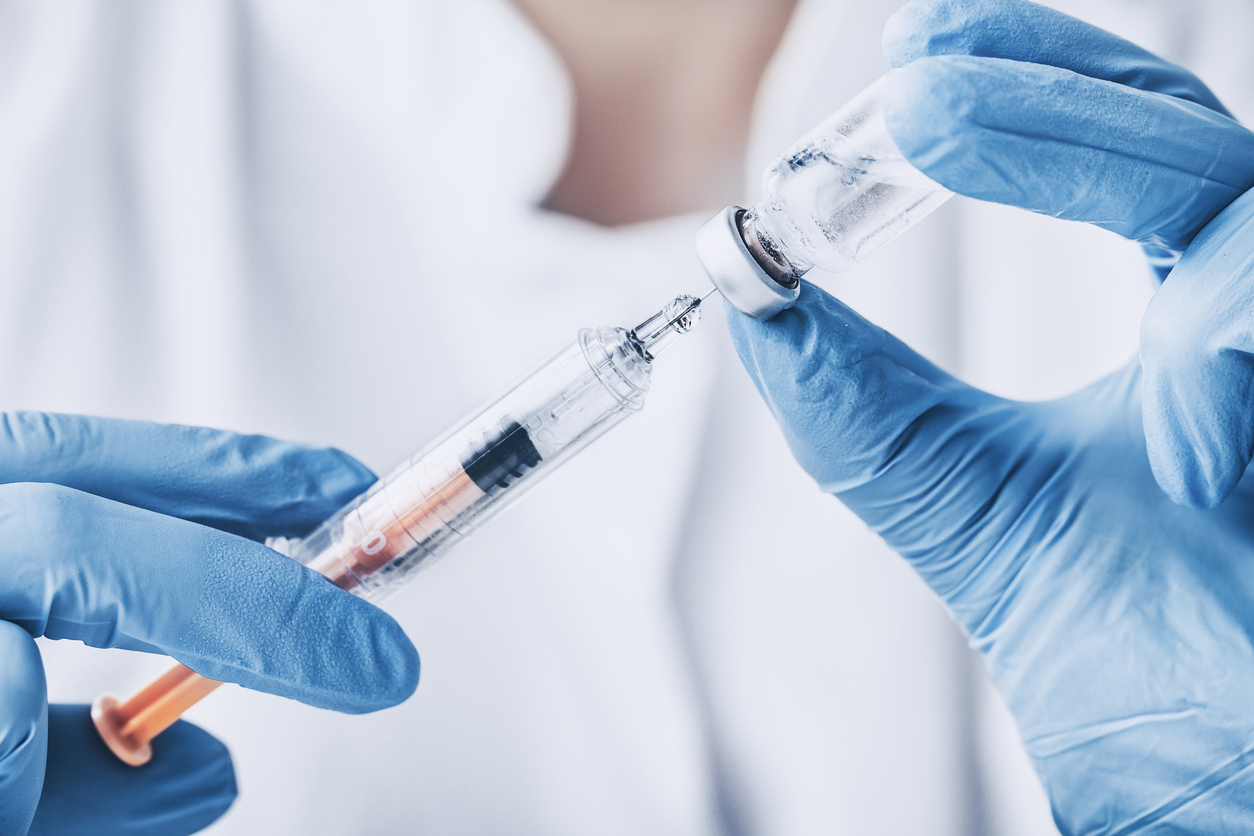Androgenic alopecia, sometimes known as male pattern hair loss, affects 80 million women and men in the United States alone. While there’s no cure for hair loss, scientists and doctors are developing new ways to treat hair loss and encourage hair regrowth. These hair loss treatments can be used together as part of a comprehensive hair regrowth strategy. They can also be coupled with more traditional hair loss treatments like minoxidil, finasteride, and hair restoration surgery. Read on for the latest in hair restoration science.


Anti-DHT Saw Palmetto Patch
What it is: A small, discrete, water-resistant patch worn on the skin.
What’s in it: The patch is formulated will all-natural, non-pharmaceutical ingredients. Active ingredients include saw palmetto and 5-alpha-avocuta (avocado) extracts.
How it works: Androgenic hair loss is caused by excessive levels of dihydrotestosterone (DHT). Saw palmetto and 5-alpha-avocuta extracts inhibit 5-alpha-reductase enzyme activity, which reduces DHT levels. The patch also contains antioxidants and nutrients which protect the hair follicles from free radicals and encourage healthy hair growth.
Who should use it: The saw palmetto patch is recommended for treatment of androgenic alopecia, but can also be used in cases of follicle miniaturization, weak hair growth, seasonal shedding, and excessive scalp oil production. The patch can be used in conjunction with other hair loss treatments.
What to expect: The patch is applied to the neck for 12 hours each day. Each patch is only used once.
Platelet-Rich Plasma (PRP) Injections
What it is: The patient’s blood is centrifuged to remove red blood cells. The remaining platelet-rich plasma is injected into the scalp.
How it works: PRP releases growth factors which stimulate the hair follicles to grow hair. In a small research trial, the average number of active hair follicles on a patient increased by 30.9% after three months of injections.
Who should use it: PRP is suitable for women or men suffering from androgenic hair loss. PRP injections are also used to treat injuries and arthritis.
What to expect: A sample of blood is taken from the patient, then centrifuged to remove blood cells and isolate the healing platelet-rich plasma. The PRP is then injected into the scalp, usually with a topical or local anesthetic to reduce any discomfort. The whole procedure takes about an hour. Multiple sessions may be required.


Low-Level Laser Therapy
What it is: This is a therapy that involves exposing the scalp to infrared or near-infrared light to encourage hair growth.
How it works: While the mechanism isn’t entirely understood, it’s thought that low-level lasers improve circulation to the scalp, stimulating hair follicles and prompting them to enter the growing (anagen) phase of the hair growth cycle.
Who should use it: Any woman or man suffering from androgenic alopecia.
What to expect: This therapy can be performed in-office by a medical professional, or at home with a laser helmet or brush. A typical therapy session lasts 20-60 minutes, and is completely painless with no downtime. Multiple sessions may be required.


Stem Cell Hair Restoration
What it is: In this therapy, stem cells are extracted from fat cells using the Stromal Vascular Fraction (SVF) extraction process (see more details on this process below).
How it works: Like PRP injections, the stem cells are rich in growth factors that stimulate hair follicles to grow new hair.
Who should use it: Anyone suffering from hair loss. Stem cell hair restoration can be used in conjunction with PRP injections.
What to expect: Fat cells are removed from the patient’s hips or abdomen, then processed to extract stem cells from the fat. The stem cells are then injected into the scalp. Multiple sessions may be required.
For any hair loss treatment, results are not guaranteed and can take weeks or months to occur. In the meantime, we recommend using Toppik Hair Building Fibers to instantly disguise scalp show-through and create the illusion of thicker hair.
It is not guaranteed that any of these remedies will regrow your hair but that’s the beauty of science and testing your options. What’s even more exciting is that any of these options can be used in conjunction with Toppik Hair Building Fibers to help minimize thinning hair or hair loss. Please check with your doctor or physician before using any hair products in conjunction with treatments.
Would you try any of these hair loss treatments? Let us know in the comments!

